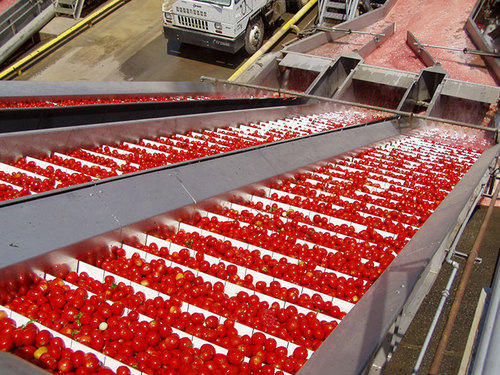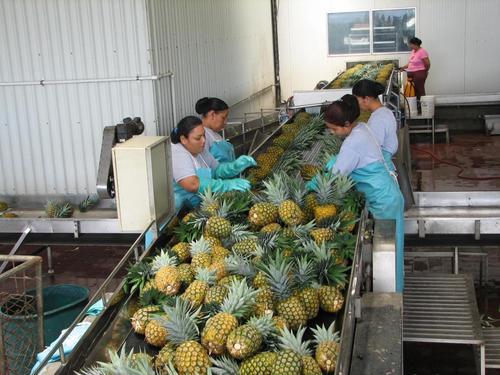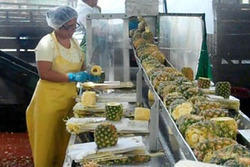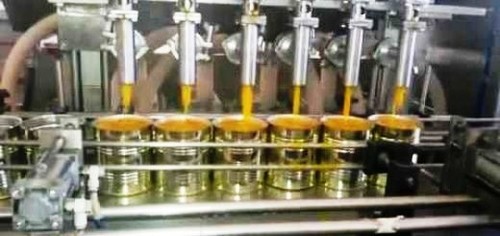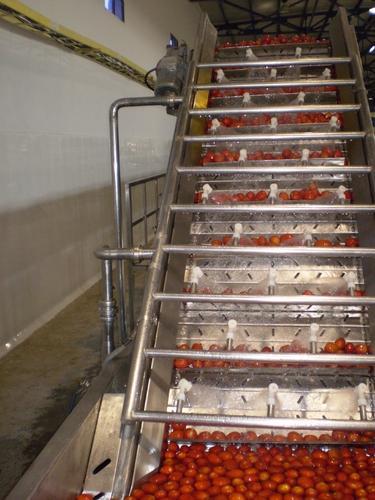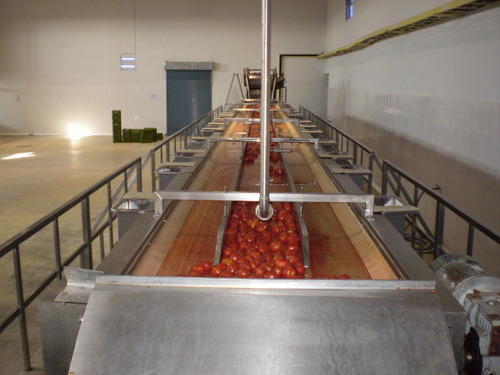There is no doubt that India is one of the largest producers of tomatoes. Nowadays, there is a huge demand for processed tomato products. Whether it is sauces, purees, pastes or ketchup, the market is expanding on a day-to-day basis. If the tomato processing plant equipment has the efficiency to produce quality tomato products. The finest equipment ensures profitability, decreased waste and consistent quality.
Role of the Equipment in Impacting Production Efficiency
Enhance Speed and Output
With the help of contemporary tomato processing equipment, the factories can handle a large number of tomatoes within a shorter time span. Some machines function continuously to help producers achieve a faster output. Enhanced speed and output are essential for manufacturers who often face peak harvest seasons. Before the tomato gets degraded, the processing is done quickly.
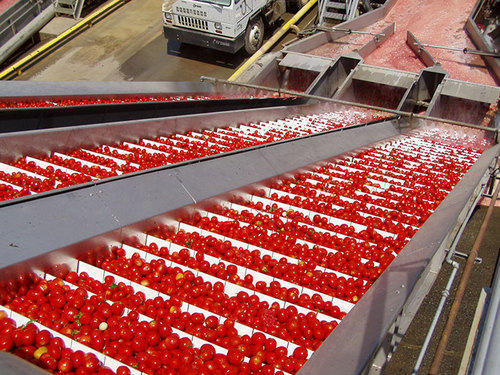
Improving Product Quality
With the finest processing equipment, you can be assured that the quality of the processed tomato product is improved. To maintain flavour, texture, and colour, the automated peelers, crushers, and evaporators play a pivotal role. Consistency is important for every brand to stay ahead in this competitive market. With the finest equipment, manufacturers deliver products to meet international standards. This is how the consumers get trust.
Decrease Waste and Spoilage
One of the major advantages of new processing machines is the reduction of waste. The old techniques frequently resulted in disproportionate spoilage due to the slow and uneven handling of the tomatoes. Machines are error-free, they consume tomatoes more efficiently, and they extract the maximum amount of juice and pulp. This is of great help to Indian tomato processors who are constantly facing changes in the quantities and prices of raw materials. The less waste the company produces, the higher the profit margin will be.
Energy and Water Efficiency
The food processing industry is facing challenges related to energy and water consumption. The latest tomato processing equipment has been designed to use less electricity and water, enabling manufacturers to reduce their costs. Power-efficient boilers, sophisticated evaporators and enhanced washing systems contribute to creating a green manufacturing process. Undoubtedly, the equipment supports eco-friendly production in response to growing environmental concerns.
Ensure Worker Safety and Hygiene
India’s food safety laws are becoming increasingly stringent and maintaining hygienic conditions requires the use of modern equipment to ensure optimal standards. Automated cleaning features, closed processing systems and stainless steel equipment decrease contamination risks. Improved equipment also lessens workplace accidents and the physical strain on employees. Building a reliable food processing brand requires a combination of safety and hygiene.
Investing in reliable tomato processing equipment pays off in the long run. Several key factors of the equipment enable factories to run more smoothly and efficiently. The latest equipment provides a better foundation for sustainability. If you are looking for the finest tomato processing plant equipment, contact GEM Foodtech. We offer you the finest quality equipment. Visit our website to book an appointment as soon as possible. Undoubtedly, our products are tailored to process the finest tomato products. Contact us today.





